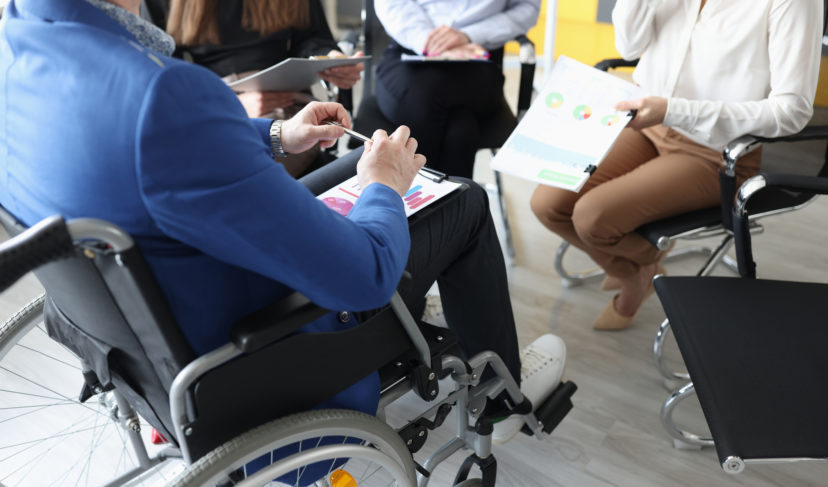Disability Drives Innovation: Now Employers Need to Act on It
Think differently, hire differently

A few weeks ago, the New York Times ‘On Tech’ newsletter published an article called “Disability Drives Innovation,” which begins with an almost iconic statement: “Audiobooks are an example of a technology developed by or for people with disabilities that has helped all of us.” From there, the column offers the compelling counter-narrative to that of much of mainstream culture: “-[audiobooks] remind us that people with disabilities are not an afterthought in invention but key players.” People with disabilities are not passive pawns who wait for a few crumbs of accessibility or skeleton websites to be erected for their benefit. The people themselves, as well as the design innovations they create, collaborate on, or prompt, are an important catalyst that can drive permanent, positive systemic change.
Innovation as a Company Value or Way of Working
In order for your company to become or to remain relevant, your employees will constantly innovate both its products, the objects or skills your company is known for, and the processes, i.e., the ways in which employees and products impact external customers and one another. Many companies already realize this, and innovation has become a core company value for many. However, you may not realize that the value of innovation comes with its own set of unconscious biases, especially what individuals or companies might imagine about who does the innovating for whom. Shifting your perspective to prioritize users with diverse needs as key stakeholders can significantly improve your product’s accessibility. By centering their experiences, you can create designs that benefit everyone, regardless of physical or cognitive abilities. This is crucial for eliminating biases.
The Innovators May Have Disabilities
Just as a company can embrace disabilities as an opportunity to create a more inclusive product that happens to work better for everyone, it is morally imperative that members of all levels of leadership, hiring managers and recruiters rethink or expand their definitions of who has the capacity to innovate. According to the Bureau of Labor Statistics, 17.9% of people with disabilities were employed in 2020, down from 19.3% in 2019 and compared to 61.3% of people without disabilities. These numbers are an outrage, they fill me with grief, but unfortunately they don’t surprise me. As employers grapple with the fallout from The Great Resignation, scrambling to fill positions they might believe people with disabilities aren’t capable of filling, we can all begin to realize that not only will companies have to innovate products and processes to stay afloat in turbulent seas, but they can also look to people with disabilities as being at the forefront of their need to innovate. Many of these people have had to adapt some or many aspects of life to make it work for them and for everyone else. It’s time that employers look to them for important ideas and suggestions that can ultimately make society more inclusive.
___
Kristen Witucki, is a Tamman partner and contributor. A published author and educator, she brings her lived experience and perspective to the Tamman Team





